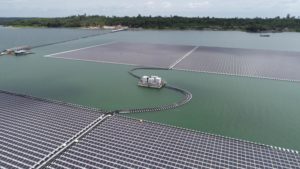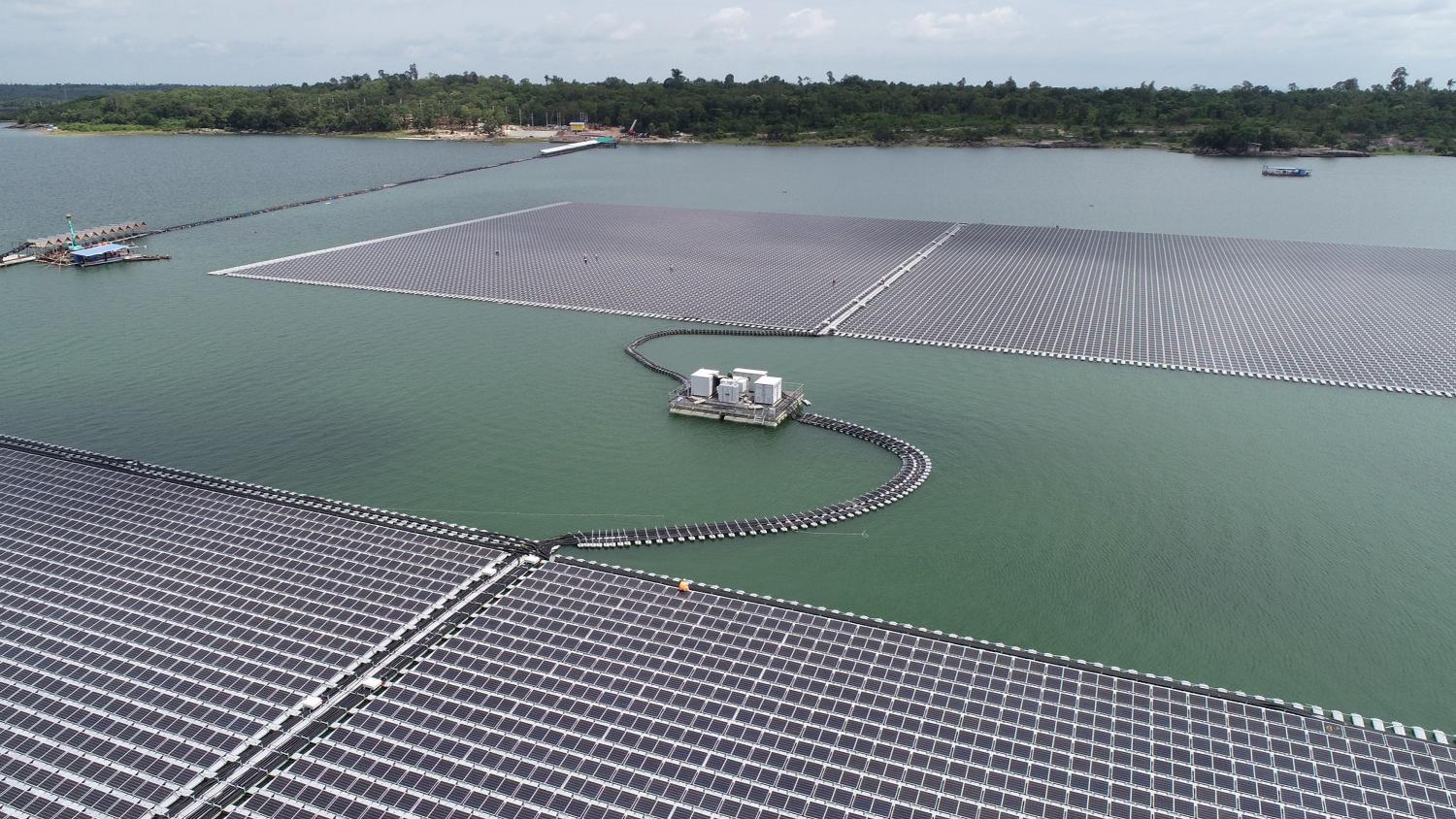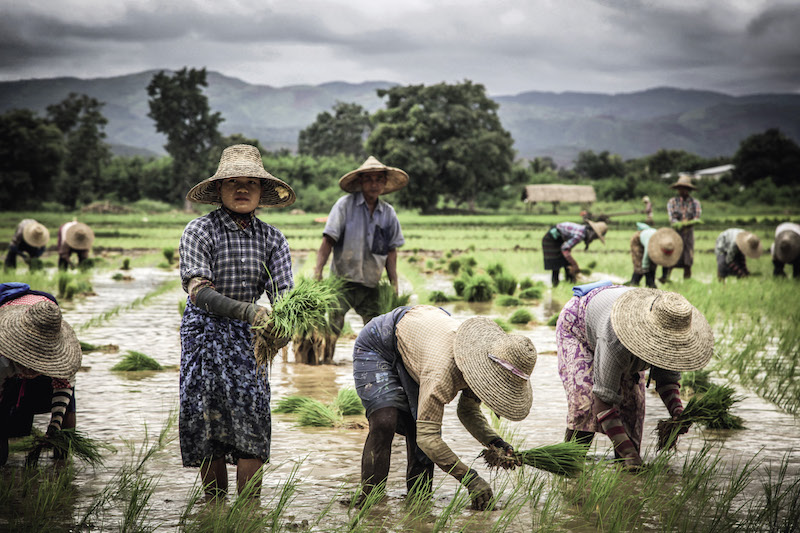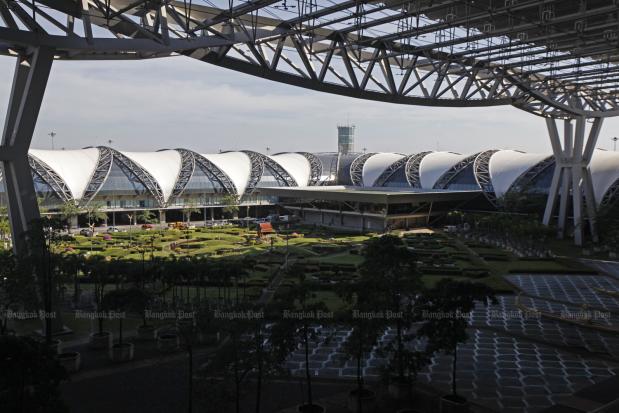
Thailand’s Sirindhorn Dam floating hybrid project completed
The B.Grimm Power-Energy China consortium has completed work on its hydro-floating solar hybrid project at Sirindhorn Dam for the Electricity Generating Authority of Thailand (Egat), considered the largest of its kind in the world.
The completion allowed the first synchronisation of the 45-megawatt floating solar farm, which operates in tandem with the 45MW hydro powerhouse at Sirindhorn Dam, with Egat’s grids on July 30.
Commercial operation is scheduled to begin in October by the state power utility.
As the contractor for Egat, the consortium of B.Grimm Power Plc (BGRIM) and China Energy Group Shanxi Electric Power Engineering Co Ltd (Energy China) accomplished its tasks for the Sirindhorn Hydro-Floating Solar Hybrid Project (SHFSHP), as per the 842-million-baht contract signed on Jan 20 last year.
The project includes the installation of seven sets of solar cell panels, buoys, a concrete underwater anchor system and a switch-gear building at the site in the northeastern province of Ubon Ratchathani.
“We are pleased and proud to be a part of the endeavour bringing a new era for renewable energy development to Thailand by integrating solar and hydroelectric power in a hybrid system,” said Harald Link, chairman and president of BGRIM.
The successful synchronisation of SHFSHP is the realisation of a landmark eco-friendly energy scheme that helps to strengthen the country’s power supply security, he said.
The solar farm covers an area of more than 450 rai on the dam’s reservoir.
The solar panels and related equipment are mounted on buoys made from high-density polyethylene that is not harmful to aquatic animals nor the environment, said Mr Link.
The solar panels are the double-glass type and the system is moisture-resistant, able to withstand the water movement of the reservoir and a constant wind force.
The system shares various existing resources at the dam including transformers, transmission lines and high-voltage stations, making the operation cost-effective and translating into a lower tariff.
The project is estimated to reduce carbon dioxide emissions by 47,000 tonnes per year.
Mr Link said the SHFSHP provides a model for development at other dams.
Source: https://www.bangkokpost.com/business/2162219/sirindhorn-dam-floating-hybrid-project-completed


